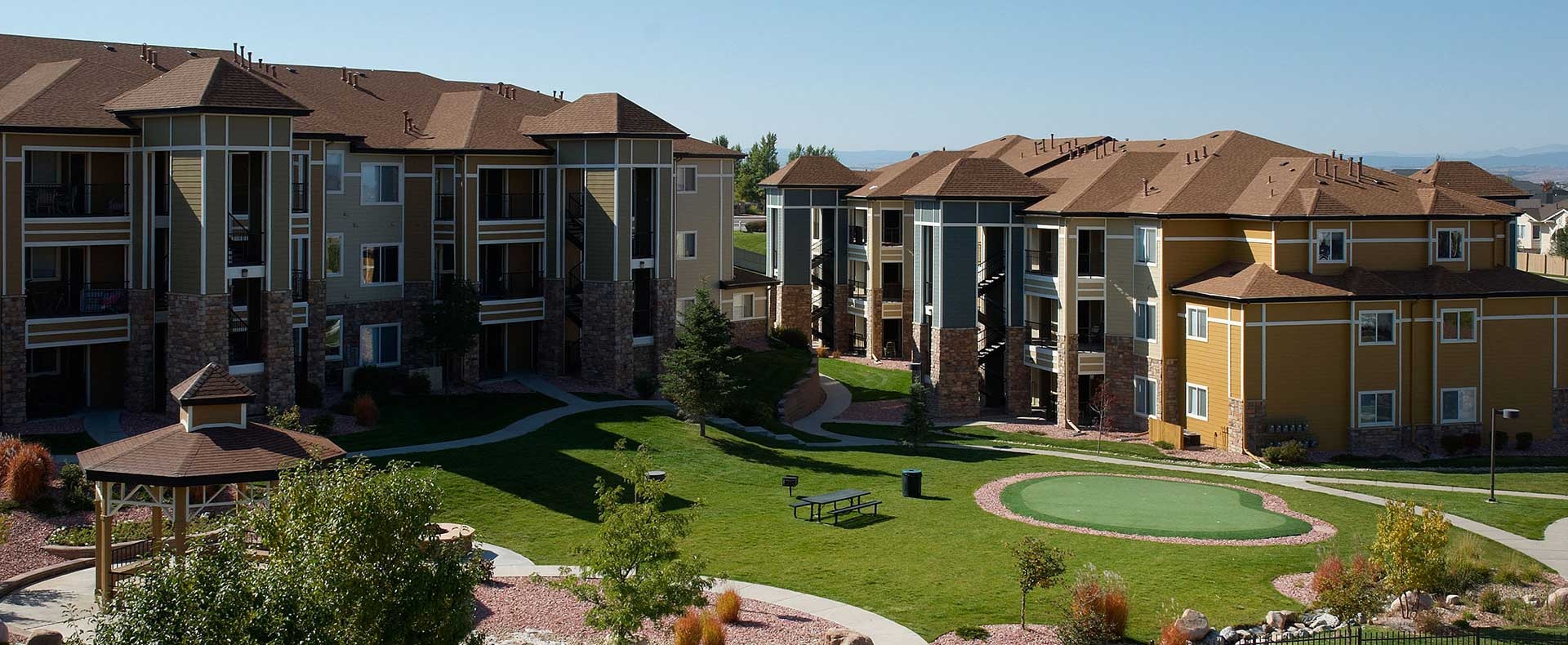What’s a Preferred Return?
The term preferred return is a return that puts you, an investor, in a preferred position when it comes to profit distribution of a project’s cash flow. Money goes to you first when there is a distribution, and until the hurdle of the preferred return is totally met, the syndicator gets nothing. If a project doesn’t make any money, chances are that you will not receive a return. A preferred position is first in line. This preference offers a bit of comfort to investors because it subordinates the sponsor’s profits (sometimes called the ‘promote’) to yours. The profits can come from the operation of a project (rents) and even from the sale or refinance of the property.
No Guarantee
By now you have realized that a preferred return is not itself a guarantee of income. It is not like a loan payment that the syndicator (general partner) is obligated to pay you. Also, even if a sponsor’s marketing package says that you should expect a certain return immediately upon commencement of a project, you need to keep in mind that not all projects produce enough cash flows in the beginning to meet this promise. You should always have a health amount of skepticism.
Caution
SIf you are looking at a project that promises distributions from day one, regardless of the underlying cash flows, chances are that the syndicator is raising additional capital with the intent of producing cash flow distributions (artificially) regardless of the how the multifamily property performs. Don’t confuse promised distributions with performance of a project.
Not all syndicators offer the same returns to their investors.
All sponsors (general partners) justify their return structure offerings based on their beliefs and opinions of what is best for all concerned. The argument here implies not only self-interest, but also alignment of interest between you (the limited partner) and the sponsor. Many investment opportunities you encounter will have a seemingly endless array of options when it comes to returns. The highly-charged discussion of preferred return versus otherwise has merits on both sides. On the one side, it seems like more of the profits will go to you, while on the other, most go to the syndicator. While this is a decision that will require your comfort level, believe it or not, there are pros and cons to each assertion.
It should be noted up from that a preferred return is one where the investor receives a given percentage (like 7.5%) return BEFORE all other profits are distributed. This means that you, the investor in a syndication, will get paid before the syndicator does. You would get your specified return and then (in some cases) share in the split (like 70/30) of profit for a given period (month or quarter). There are some investment opportunities that might offer a fairly high preferred return (9%-10%) but do not allow participation on the upside, the profits above that preferred return.
Alignment of Interest
This means that the goals of the syndicator are aligned with the investor and promotes the feeling that each is part of a team working toward the same ends, not working against each other. It ensures that conflicts of interests are minimized.
Some syndicators will assert the condition of alignment of interest, that some condition inherently causes each side to work toward the common good. I have heard this argument both WITH and WITHOUT the offer of a preferred return. It seems to sometimes come down to semantics, and who makes the best argument. Ultimately you the investor (not me nor the sponsor) will need to make the decision of which conditions align best with your set of financial goals and circumstances. You will need to decide between a high degree of certainty, a higher probability of profit, or a comfortable mix of the two.
It is very desirable for syndicators to make money at a project versus managing a property pro bono. It can be very challenging to maintain, run and improve an apartment community. You ultimately want the syndicator to very ‘attached’ to the project. This happens when he/she is able to make a living operating the property. The last thing you want is a sponsor who is not making any money during the course of the project, because when the going gets tough, there is no incentive for him/her to continue working on your behalf. Fair compensation for the sponsor keeps him/her ‘in the game,’ and willing to uphold his/her fiduciary responsibility for your investments.
Conflicts of Interest
Conflicts will always exist in one form or another. For example, a syndicator might have your investment interests at heart, but a syndicator who has many properties to manage must spread his/her attention toward managing all of them. This means that his/her attention is divided and isn’t always focused on the project you’re invested in. There is a perceived conflict of interest. Since the syndicator cannot always give 100% of his/her attention to your investment, this introduces a small amount of competition for resources, like time. While this is not always a bad thing, it is something to keep in mind.
Argument FOR Preferred Returns
From your viewpoint as the limited partner, having a preferred return offers safety and certainty that you will get paid a certain return no matter what happens to the project. You will always get paid first, and if the project doesn’t perform as expected, the general partners just don’t get paid anything. They get paid only when they meet or exceed their revenue projections. This puts higher pressure on the sponsor to perform, which is therefore seen as an alignment of interest.
Argument AGAINST Preferred Returns
Some general partners believe that preferred returns are not good for the limited partner because they are not good for the general partner. Further, they believe that if a project is not making money, both the syndicators as well as the investors should not be making money. When a project is not performing as projected, a preferred return causes pressure on the sponsor to distribute cash – even if there isn’t any to distribute. (In this case distributions would accumulate until a point that they can be paid.) Since most syndication operators do not want to invite the prospect of working for free, they will argue that advocating no preferred return offers the better alignment of interest.
Many projects do not make positive cash flows during the first 12-18 months because there is a value-add component that includes construction costs and lease-up phases. When trying to build value, the burden for distributing cash is arguably in direct conflict with the overall success of a project. If a syndicator is paying returns from day one, chances are that they over-raised initial equity from the investors, something that some syndicators will assert is an inefficient use of capital.
Final Word
I cannot tell you which preferred structure you should consider or not consider. You need to look at a project’s underwriting and pro forma information and make sure everything you see aligns with your goals as an investor. If something you see looks too good to be true, changes are that it is… Or at least lets you know that you need to dig deeper into the numbers.
Helpful Reading
What to Expect During Your Passive Real Estate Investment
The Hands-Off Investor, an Insider’s Guide to Investing in Passive Real Estate Syndications by Brian Burke


